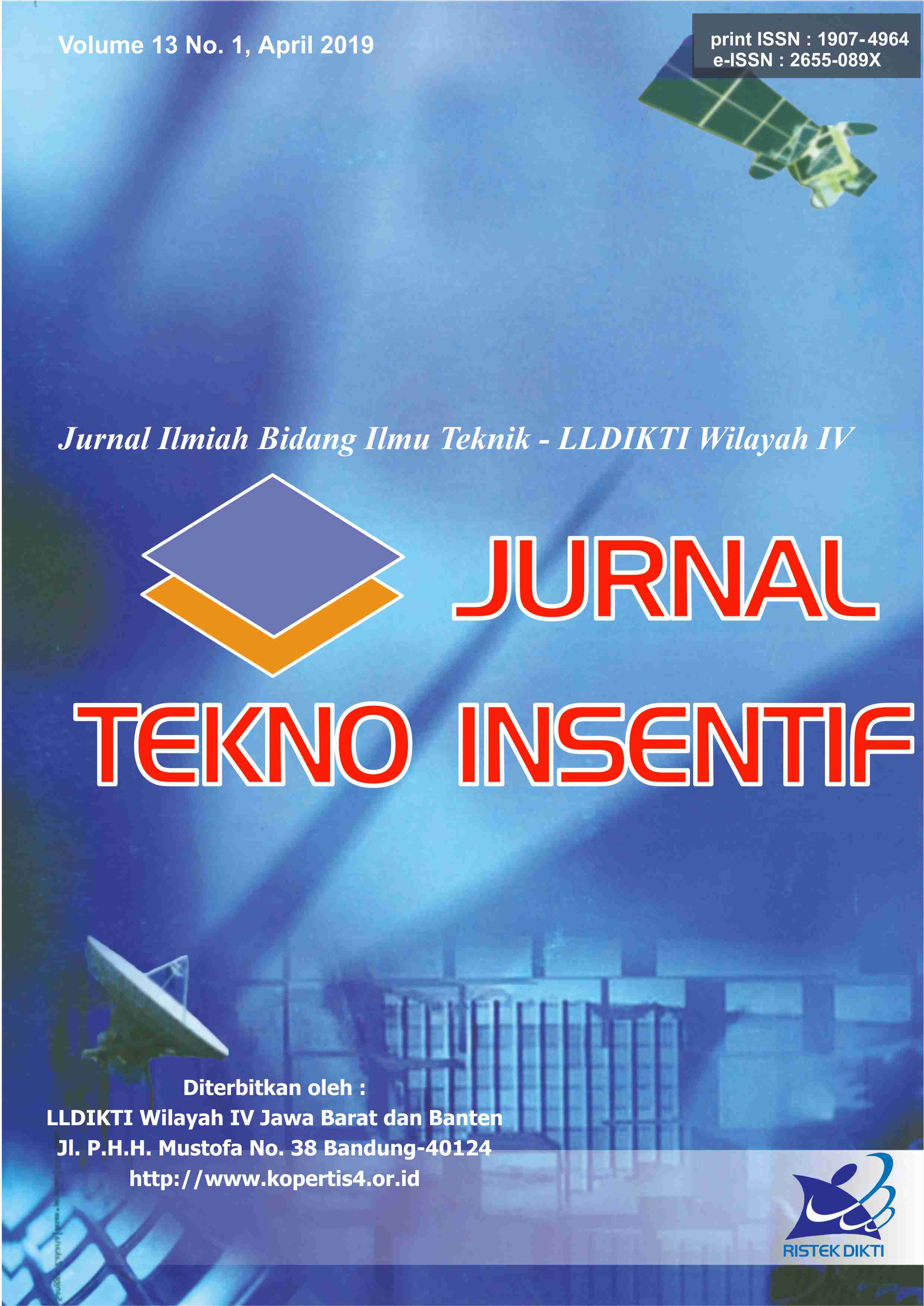PREDIKSI PENYAKIT GINJAL KRONIS MENGGUNAKAN ALGORITMA NAIVE BAYES CLASSIFIER BERBASIS PARTICLE SWARM OPTIMIZATION
Abstrak
Abstrak - Penyakit ginjal kronis (PGK) merupakan masalah kesehatan masyarakat global dengan prevalensi dan insiden gagal ginjal yang meningkat, prognosis yang buruk dan biaya yang tinggi. nilai prevalensi di seluruh Indonesia untuk penyakit gagal ginjal memiliki nilai rata - rata berkisar kurang lebih 0.2 persen. Langkah pertama dalam pengelolaan penyakit ginjal adalah penetapan diagnosis yang tepat. Maka dibutuhkan sebuah metode untuk memprediksi penyakit ginjal kronis. Naïve Bayes memiliki beberapa kelebihan, yaitu cepat dalam perhitungan, algoritma yang sederhana dan berakurasi tinggi. Naïve Bayes Classifier lebih tepat diterapkan pada data yang besar dan dapat menangani data yang tidak lengkap (missing value) serta kuat terhadap atribut yang tidak relevan dan noise pada data. Untuk meningkatkan akurasi maka digunakan Particle Swarm Optimization untuk pembobotan atribut. Dari hasil penelitian Naive Bayes Classification berbasis Particle Swarm Optimization memiliki akurasi confusion matrix sebesar 98,75% dan AUC sebesar 99%. sedangkan Naive Bayes memiliki akurasi confusion matrix 97.00% dan AUC sebesar 99.8%.
Abstract - Chronic kidney disease (CKD) is a global public health problem with an increased prevalence and incidence of kidney failure, poor prognosis and high costs. prevalence values throughout Indonesia for kidney failure have an average value of around 0.2 percent. The first step in managing kidney disease is determining the right diagnosis. Then we need a method to predict chronic kidney disease. Naïve Bayes has several advantages, which are fast in calculations, simple and high accuracy algorithms. The Naïve Bayes Classifier is more appropriately applied to large data and can handle incomplete data (missing value) and is strong against irrelevant attributes and noise in the data. To improve accuracy, Particle Swarm Optimization is used for weighting attributes. From the results of the Naive Bayes Classification research based on Particle Swarm Optimization, the accuracy of confusion matrix is 98.75% and AUC 99% . while Naive Bayes has an accuracy of 97.00% confusion matrix and AUC 99.8%.


















